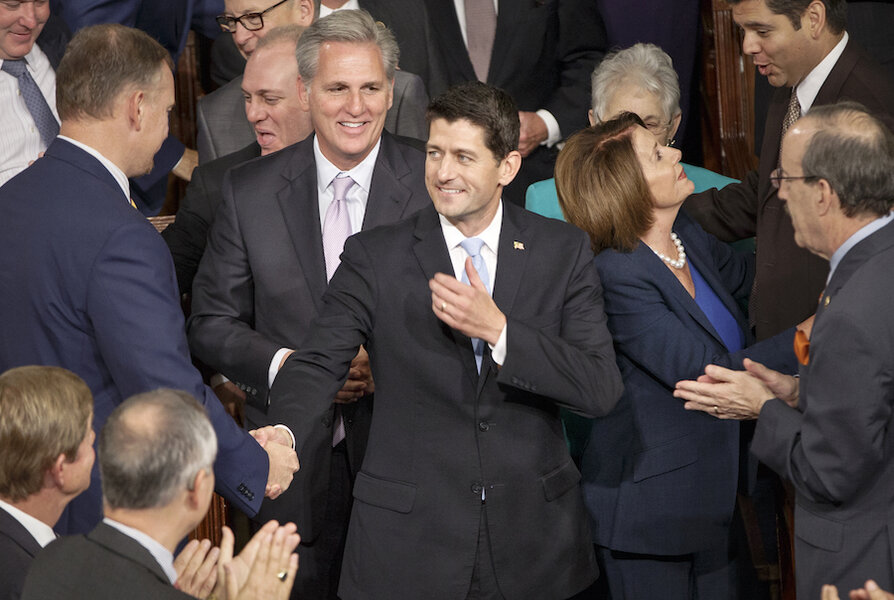Would two year budgeting help break the fiscal impasse?
Loading...
Enormously frustrated with what everyone agrees is a largely failed budget process, thoughtful members of Congress are looking for reforms that could get fiscal policy back on track. Yesterday, the House Budget Committee held a hearing on two-year budgeting, an idea that has been tried in some states and discussed for years on Capitol Hill. They asked my Tax Policy Center colleague Rudy Penner, a former director of the Congressional Budget Office, what he thought. Fans of biennial budgeting would not be happy with his answer.
Rudy opposed the idea for three reasons: CBO is not able to forecast revenues and spending accurately enough over a two-year cycle; program priorities and spending change too rapidly; and there is little reason to believe that Congress would use the extra time to better oversee federal programs—a frequent rationale for two-year budgeting.
The idea is controversial. At the hearing, Alice Rivlin, the founding director of CBO, backed the concept as part of a broader package of budget reforms. But Philip Joyce, a professor at the University of Maryland School of Public Policy, agreed with Rudy that the costs of two-year budgeting outweigh the benefits.
Rudy told the panel that CBO’s average forecasting error for the period 1984 to 2005 was 0.8 percent of GDP—equal to about $140 billion at the level of fiscal 2015 GDP. That would be almost one-third of the actual 2015 deficit. Rudy wasn’t questioning CBO’s competence. He was reflecting on the state of the modeling art.
The government is big and complicated and accurately estimating how much it will spend and collect is beyond anyone’s ability. Doing it over one year is impossible. Doing it over two is, what, impossible squared?
If it is hard to forecast finances for the whole government, it is not much easier to project spending for individual programs. As Rudy noted, the need for a program can change and costs are almost impossible to predict. Take one dramatic example: Health care. Try getting a handle on, say, what the Pentagon or the VA will spend on medical care over two years. As Rudy noted, “If appropriations were done only every two years, it is likely that there would be a demand for numerous supplementals during the off year and supplementals are more difficult to discipline than regular appropriations.”
That brings up his third objection—oversight. Supporters believe biennial budgeting would give Congress more time to do oversight. Rudy’s view: “I fear that if we went to biennial budgeting, the appropriations process could take two years to complete two-year appropriations.” Worse, Rudy said, the best oversight usually happens during appropriations, a process that would happen only every other year in the new model.
No doubt Congress needs to fix the way it budgets. It isn’t clear to me that any process reform, without culture change, would do much good. It certainly isn’t clear to Rudy that two-year budgeting would fix much.
This article first appeared at Tax Vox.





